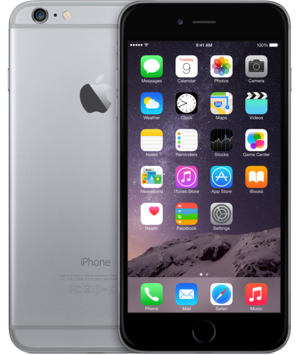Oracle CTO and executive chairman Larry Ellison, who just a few years ago famously mocked the notion of cloud computing, has positioned the company as one set up to become the industry's largest cloud player, with something to offer customers at all levels of the stack.
"We couldn't just be a specialist in [software as a service] like a Salesforce.com," Ellison said Sunday during a keynote at Oracle's OpenWorld conference in San Francisco. "We couldn't be a specialist in [infrastructure as a service] like an Amazon."
While Oracle has been building out the various pieces of its cloud portfolio steadily over the past couple of years, it seemed like Ellison saw this year's conference as a chance to tell the industry that the entire meal is now fully baked.
One of the main courses is Oracle's entry into the PaaS (platform as a service) market, with which customers can move on-premises Java applications to Oracle's cloud database and WebLogic server cloud with "a push of a button," Ellison said. Non-Java applications have a home up in Oracle's skies too, as they can run on its IaaS, also with just a push of a button.
Oracle's PaaS also "endows the applications you build with modernity," according to Ellison, who cited its additional services for social, mobility, analytics and identity management.
This is the same stuff Oracle's own development teams use, which is another differentiator, he said.
"No one else offers their platform to extend their SaaS applications," Ellison claimed. "Nobody. Let me be clear. Most of our SaaS competitors don't have any platform at all. If you want to extend [their] application, you press a few buttons and a few levers, and you're done."
Ellison recently stepped down from his long-time role as Oracle CEO, with that title now shared by Mark Hurd and Safra Catz. But he didn't shy away from delivering the competitive barbs for which he's well-known.
For example, as he is prone to do, Ellison pointed out that many of today's most prominent SaaS (software as a service) vendors actually use some Oracle technology under the hood of their products.
One of these is Salesforce.com, although Ellison acknowledged the company as a formidable competitor in CRM (customer relationship management) applications.
"Salesforce is the best of the rest," he said. "At least they have a platform. The other guys, who, Workday? they don't have a platform. Missing in action."
He reserved the coldest cuts for SAP, which has created a PaaS (platform as a service) around its Hana in-memory computing platform.
"I'm going to try to be nice," Ellison said. "It's so hard. I have no idea what runs on Hana. It's rude but it's the truth. And it's kinda funny. What cloud? Let's just talk about Earth. I really like those guys."
SAP's SuccessFactors and Cloud for Sales applications are already running on Hana and work is "well underway" to move SAP's Ariba software to the platform as well, a company spokeswoman said via email after Ellison's remarks. SAP has also said more than 1,500 startups are using Hana to build products.
Ellison also updated the OpenWorld crowd on Oracle's progress in SaaS.
"We have by far the largest portfolio of cloud applications than anybody," he claimed. "We built a lot more in 2014. We bought a lot more in 2014. We definitely had a build-and-buy strategy."
Slide after slide detailing hundreds of SaaS applications flashed on the large screen behind Ellison as he ticked through a laundry list of software categories Oracle has products for in the cloud.
In the past 12 months, Oracle picked up 2,181 total new SaaS customers, according to one slide. More than 1,000 of those bought customer experience applications, while another 959 invested in HCM (human capital management) and 263 in ERP (enterprise resource planning).
Oracle also added 725 customers for Fusion Applications, the homegrown suite it developed at great time and cost. The company is keen to show growth in Fusion continues even as it acquires SaaS vendors and releases new cloud applications.
"2014 is an inflection point for us," Ellison said of Oracle's cloud software. These suites are now all available."
Meanwhile, Oracle's IaaS will have "the same pricing as Amazon or any other IaaS provider," Ellison said. Oracle may have little choice here, given the steady downward pressure on pricing seen in the IaaS market of late.
Underpinning everything is a major emphasis on security at Oracle, according to Ellison. "Security is becoming job one."
Oracle's recently announced M7 chip includes software-on-silicon features aimed not only at performance but also advanced security.
"You've got hardwired protection in the silicon itself protecting against memory violations," which can thwart a malicious program's attack, Ellison said. "It saves you a fortune in finding really difficult bugs. This is a very big deal. it's the most important piece of engineering we've done in security in a very, very long time." The M7 is set for release next year.
More than 60,000 people are attending OpenWorld in person and seven million online viewers are expected to view presentations from the show online, according to Oracle.

 Comcast
Comcast Pebble
Pebble Apple
Apple





